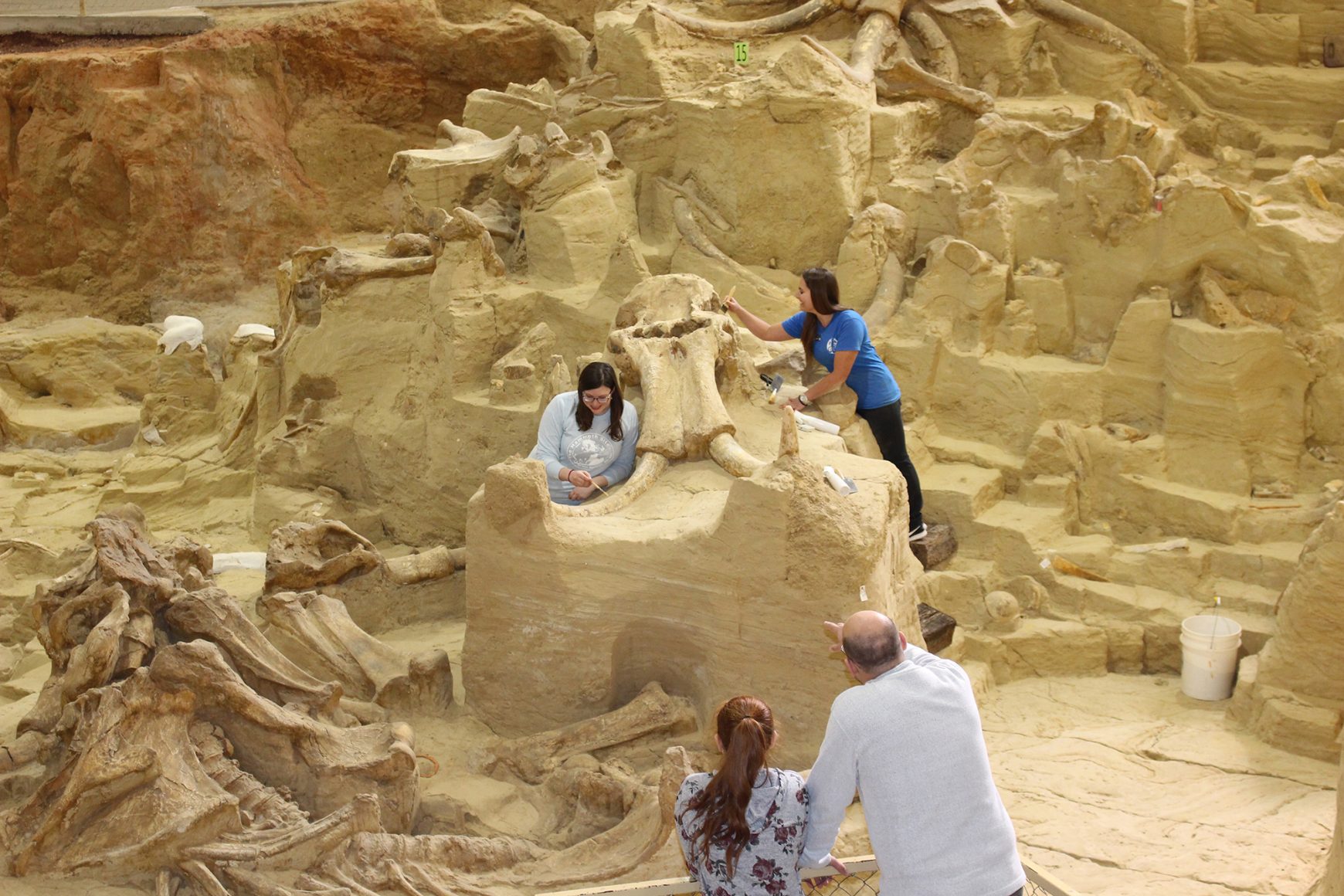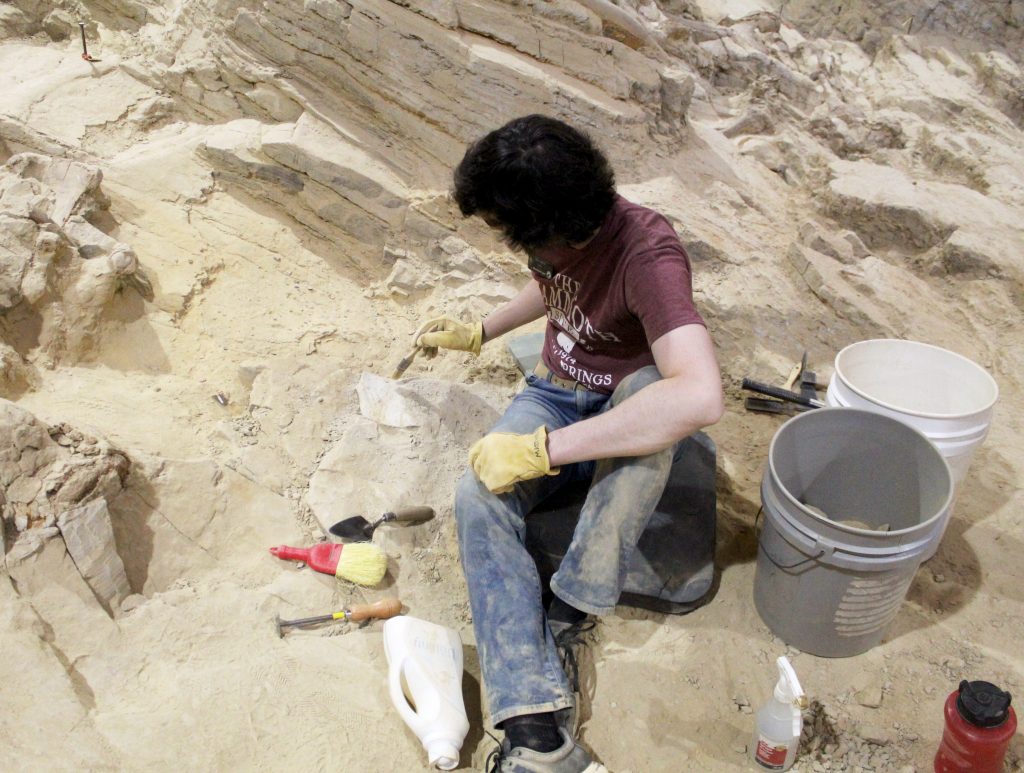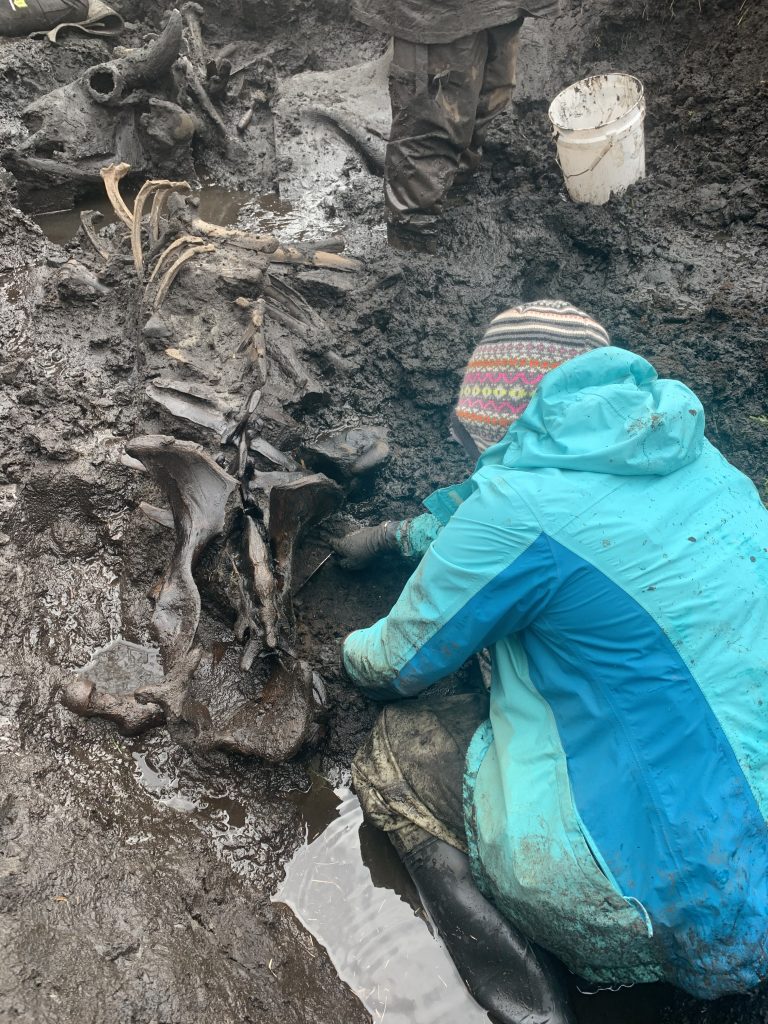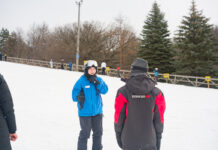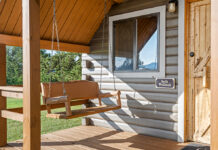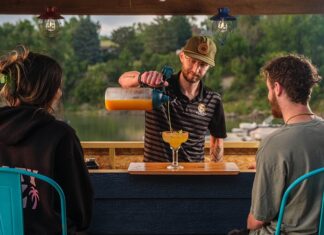Come October 13, the Mammoth Site in Hot Springs will celebrate National Fossil Day to engage the community.
“It’s a day where a lot of museums and a lot of other paleontology organizations come together to show the importance of why we should study fossils and why people should be aware of the conservation of fossils,” said public relations coordinator Claire Scarborough.

With the tourism rush of the summer gone, Scarborough says the site will use the day to connect to its core focus.
“National Fossil Day allows us to connect with locals more,” she said. “It’s also a way for us to really show who we are as a research facility rather than just a museum and tourist attraction.”
Fossil Day Fun
“We’re really just getting started, and that’s why teaching the community about these fossils is so important,” said Scarborough.
On National Fossil Day, the education department will conduct junior digs.
“Kids will have a chance to dig in our simulated bone bed to see a bunch of different fossils up close and personal,” she said.
FACT
The Mammoth Site has an output of hundreds of pounds of sediment that gets removed from the sinkhole every year as scientists dig deeper.
Children can also get involved in an educational experiment with creating miniature sinkholes to learn about how they are created.
“We’re doing a lot of hands-on activities, where the kids get to play around with different fossil molds and casts and get more explanation from our scientists,” said Scarborough.
The day will also emphasize the fossils found in the bonebed that was once a sinkhole.

“Our scientists go help out at Wind Cave on those expeditions and have found prehistoric bison and different fauna from the ice age that have gone extinct.” -Claire Scarborough
History in Hot Springs
The Mammoth Site is still and will for the foreseeable future be an active paleontological site.
Day by day, paleontologists continue to dig, uncovering prehistoric fossils from the ice age as they go.
Since its discovery in 1974, Scarborough says they have found 60 mammoths and various other fossils in the bonebed.
TOURIST TIP
When you arrive at the Mammoth Site, make sure to watch the 10-minute introductory video before heading into the site to reveal the true marvels about its history.
In the bonebed, visitors can see many fossils left where they were found, up above where they continue to dig.
“The fossils are left where they were found,” said Scarborough, referencing those fossils up on shelves. “That’s why there are so many bones in our bone bed. If we don’t see a reason to take it out, we leave it in there to preserve how it was found.”

“It was a combination of the perfect circumstances for all these ice age creatures to cohabitate in what would become Hot Springs.” -Claire Scarborough
Though the scientists have had to remove many fossils because there were more hidden below them, Scarsborough says there are two full mammoth skeletons and many mammoth skulls to be seen.
“We’ve heard people say that they’ve seen skeletons and bones before but never like this,” she added.
And the end is not in sight.
“Right now we are at 190,000 years down,” she noted. “They’ve done various drillings to see how far it goes, and they think it could go down to 300,000 years ago.”
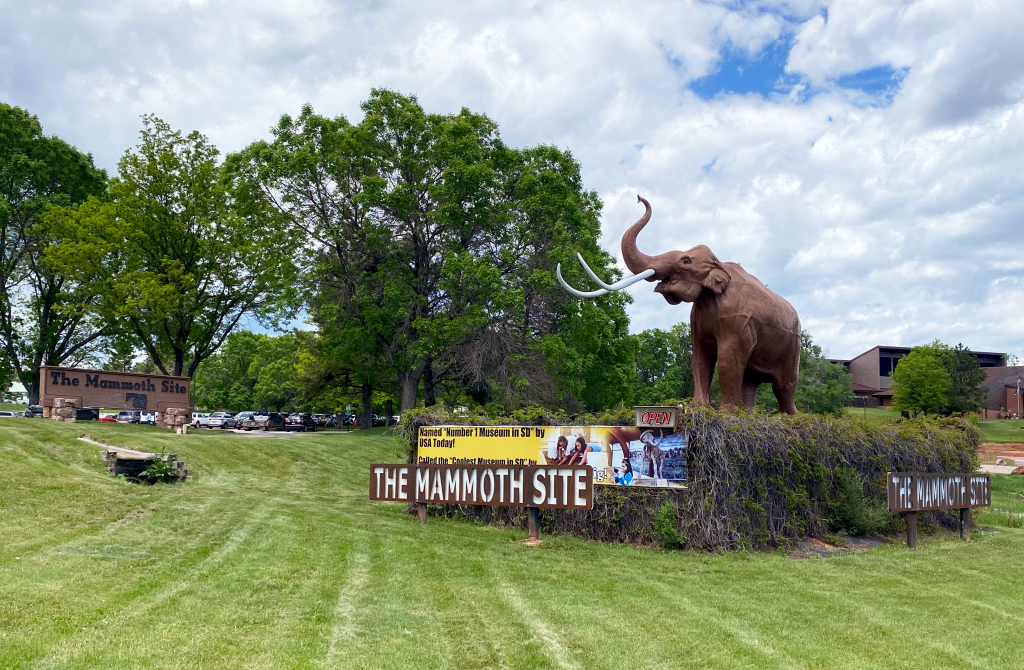
Visiting the Mammoth Site is an experience unlike most.
“It’s so much more than just going in, looking at a sinkhole of bones, and being done for the day,” said Scarborough.
PEEP THE PREP
Scarborough says they have received a grant that allows them to bring the prep lab up into the bonebed. That way, guests can watch how the scientists care for and prepare the fossils after their discovery and removal.
Visitors can participate in self-guided tours via a phone app or a brochure to experience stories and learn about the sinkhole in which countless fossils have been found.
Other ways to learn about the fossils at the mammoth site are through various classes, the Kids’ Cave, the museum, the Botany and Geology Walkways, and many other exhibits.
“There’s such a wealth of science and knowledge and discovery in tiny, little Hot Springs, SD,” said Scarsborough. “We have the largest concentration of mammoths in North America here. It’s crazy to see how esteemed the Mammoth Site is in the world’s eye of the paleontology community.”
For more information, visit mammothsite.org.


